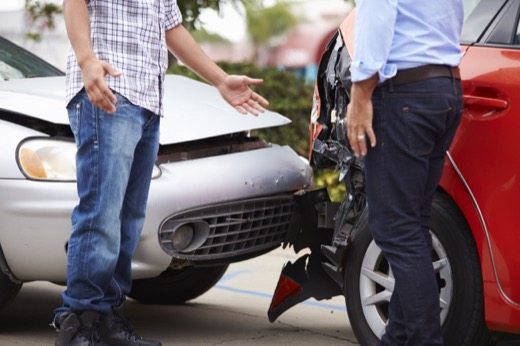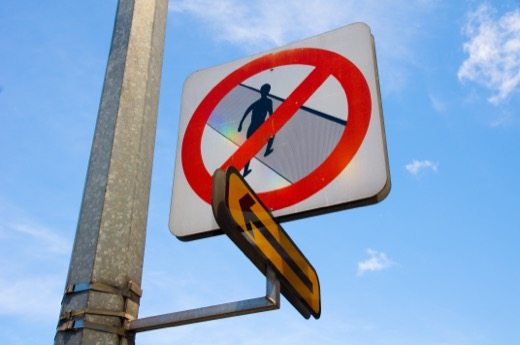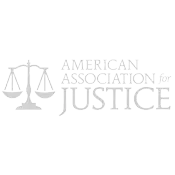What to Do If You Are in a Car Accident in the State of Florida – Part Two of Two
This article is the second in a two-part series about what drivers should know if they are in a car accident in the state of Florida. With almost 250,000 car crashes reported every year, per the Florida Department of Motor Vehicles, it is best to be prepared for the possibility that one of those car crashes will happen to you or someone you love. In the first part of the article, we discussed the laws of Florida and what is required of drivers in case of an accident. In this second part, we discuss steps you can take to preserve evidence in case you have a personal injury claim, as well as to protect yourself from a suit from the other driver.
Write Down Exactly What Happened
As soon after the accident as possible, take a few minutes to write down what happened. You may even wish to use the voice feature on your phone to document the events that occurred – even as you are waiting for law enforcement to arrive. Be as detailed as possible. More detail is always better than less.
Take Pictures of the Scene
Ideally, you will be able to take pictures before either car is moved. Take pictures from all angles, documenting not only the vehicles’ positions, but also such things as skid marks (or lack of skid marks) on the pavement, broken glass, and damaged property near the scene. Include pictures of street signs. Make sure that at least some of your pictures clearly establish where the vehicles are in relation to each side of the street. An accident scene that only documents close-ups of the vehicle fails to clearly establish the crash scene.
Determine if There Were Any Witnesses
Obvious witnesses, of course, will include your passengers and the passengers and driver of the other vehicle. Less obvious witnesses could be that person peeking out their window at the crash scene, or the business owner who is offering to help. Look around to determine if you can identify any other witnesses.
Gather Witness Contact Information
If you identify any witnesses, take a moment to gather their contact information. This should include their name, address, phone number, and email address. This may be another time to use the voice recording feature on your phone. Be sure to confirm that the information is correct. Finally, make every effort to back up this information on another device in another forum as soon as possible.
Look for Security Cameras
Take a moment to review your surroundings to determine if you can identify any security cameras that might have recorded some or all of the accident or the events leading up to the accident. Recall that while you may have been approaching the accident scene from one angle, it is likely the other driver was approaching from another direction, so take a moment to review the other driver’s path as well.
Document the Damage to Your Vehicle
Note that documenting the damage to your vehicle is a step separate from documenting the accident scene. Make sure your documentation includes every side of your vehicle. You also should document the condition of the inside of your vehicle.
Document the Damage to the Other Vehicle
Similarly, you should document any damage (or lack thereof) that the other vehicle or vehicles may have sustained. Your goal is to be as thorough as possible without appearing rude. This is for the protection of both of you. Note: Most people will understand the importance of completely documenting the scene. However, your safety is important. Do not get into a confrontation with the other driver. If need be, ask law enforcement to assist you with documenting the damage to the other people.
Document Any Other Damage that May Have Been the Result of the Crash
Take a moment to survey the greater scene. Has a guardrail been damaged? Is a light post knocked over? Anything that appears even remotely out of place, that could have occurred as a part of the car crash, take the time to document it. Again, it is not enough to take a close-up picture of a dented guard rail. You should take the close-up, then take a distance shot, which clearly establishes not only the damage to the guard rail, but the background so there is no confusion as to which guardrail was damaged.
See a Doctor About Your Injuries
Obviously, if your injuries are serious enough to require a hospital visit, documenting the accident needs to be left to someone else. Go to the hospital immediately. If you are unsure whether or not you need to go to the hospital, and law enforcement is encouraging you to go, then by all means go! Law enforcement officers have been trained to handle all sorts of accidents, and are able to recognize shock. Trust them. If they say you should go to the hospital, please listen.
If you are not in need of emergency care, it is still a good idea to see a doctor about your injuries or potential injuries as soon as practicable.
Start a “Crash Diary”
We have previously discussed the importance of keeping a personal injury journal in our blog. A crash diary is a precursor to the personal injury journal. In many cases, the nature and extent of your injuries are not clear in the first few days. This is why it is critical that, from day one, you document the crash, and any injuries or expenses associated with the crash. Hopefully, after a week, you will confirm that you are indeed injury free and there is no need to continue maintaining your crash diary. However, if you are injured, your crash diary may be critical.
If You Have Been Injured in a Car Crash
If you have been injured in a car crash or if you have lost a loved one in a car crash, you may be entitled to compensation for your injuries, your lost wages, property damage, and funeral expenses. Please contact the personal injury attorneys at Madalon Law. We are well versed in personal injury law. We would be happy to discuss your case at no cost to you.







